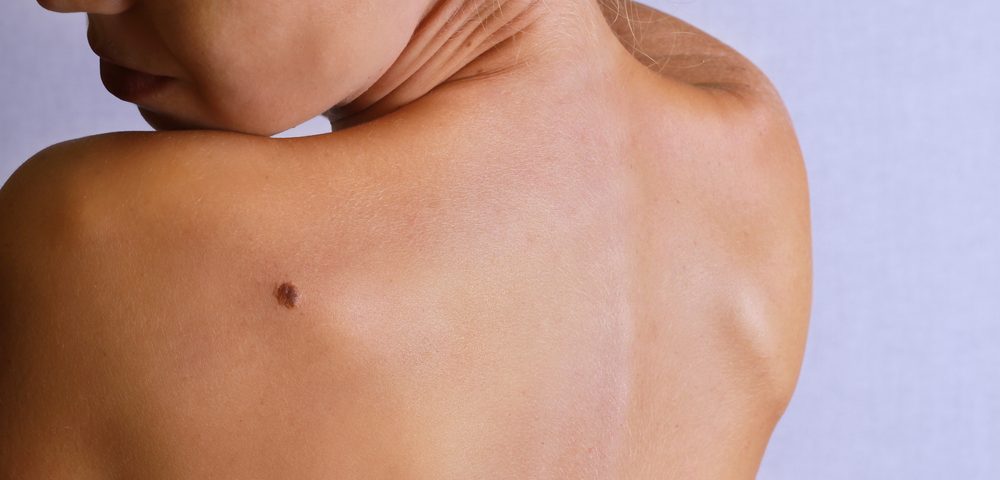Patients undergoing melanoma screening and surveillance should be examined in the perianal area for melanocytic nevi, or moles, that are associated with atypical nevi elsewhere on the body, according to researchers at Rush University in Chicago.
Their study, “Prevalence and Gross Morphologic Features of Perianal Melanocytic Nevi,” was published in JAMA Dermatology.
“The perianal area is difficult to self-examine and may harbor a malignant tumor, including [cutaneous melanoma],” Ava Socik, BA, from Rush Medical College, and colleagues wrote. “Given the high prevalence of perianal nevi in our study patients, many of whom are known to be at high risk for developing [cutaneous melanoma], one may conclude that the perianal area should not be ignored during [cutaneous melanoma] screening and surveillance.”
To determine the prevalence and morphologic features of perianal melanocytic nevi, the research team examined data from 236 adults (98 women and 138 men), ages 23 to 84, who were screened by a single dermatologist for melanoma, or skin cancer, between November 2013 and October 2014. Among them, 219 were Caucasian, 4 were Hispanic white, and 13 were nonwhite.
Socik and colleagues found that among Caucasians, 48.9 percent had perianal nevi of any size, 39.7 percent had perianal nevi at least 2 mm in diameter, and 5.5 percent had perianal nevi of at least 5 mm. Similarly, 50 percent of the Hispanic whites had perianal nevi of any size, but none had nevi 2 mm in diameter or larger. Among nonwhites, 38.5 percent that were seen to have perianal nevi, all of which was larger than 2 mm in diameter but smaller than 5 mm.
In addition, the investigators revealed that non-Hispanics with at least one perianal nevus had a near 3-fold increase in the odds of having a history of atypical nevus excision, and a 2.2-fold increase in the odds of having an atypical nevus elsewhere. Other factors associated with one perianal nevus included a minimum of four atypical nevi of at least 5 mm in diameter, and the presence of an atypical nevus pattern, characterized by more than 20 nevi larger than 2 mm in diameter plus at least 5 nevi larger than 5 mm in diameter.
These findings suggest that perianal melanocytic nevi are associated with atypical nevi in other areas of the body. Furthermore, given that the number of total nevi and atypical nevi have been shown to be strongly associated with melanoma risk, it is important to monitor these patients, and the perianal area is worthy of attention during melanoma screening and surveillance because of difficulties in self-examinations and the likelihood of a delayed diagnosis.


